I didn’t get into Jack Ketchum’s work until after he died in 2018, but it’s not difficult to see why he was so respected within the genre. His best works transcend genre and instead hold up a pitch-black mirror to the world we live in, examining why people do all the terrible things they do. While his impact on horror will be felt for a long time, not every one of his books was created equal. Today, I’d like to rank his long fiction, examining what works and what doesn’t in each book. Suffice it to say that we’ll be covering some dark territory with this article. So, if you’re sensitive to this type of subject matter, I’d advise proceeding with caution.
-
She Wakes

Things go horribly wrong when a down on his luck writer begins a short fling with a beautiful but disturbed young woman while on a trip to Greece. It’s a simple premise, and one that Ketchum attempts to mine for all its worth by using the history of Greece to tell a tale of supposed supernatural terror a la Stephen King.
The fact of the matter is, though, that this is his worst piece of long fiction. Not only is it twice the length it needs to be, at an industry-standard 300 something pages, but it’s just dull. The violence is often ludicrous, the characters are more caricatures than people, and this also has one of the most unintentionally funny climaxes I’ve ever read in a book (if you’ve read this, you know that that’s secretly a double entendre. My degree in writing hard at work). It’s clear that Ketchum loved his trip to Greece and attempted to recapture some of the sense of place and history he felt while there, but the result is a thoroughly dull book filled with ludicrous sex and violence that drags on for far too long.
-
Cover
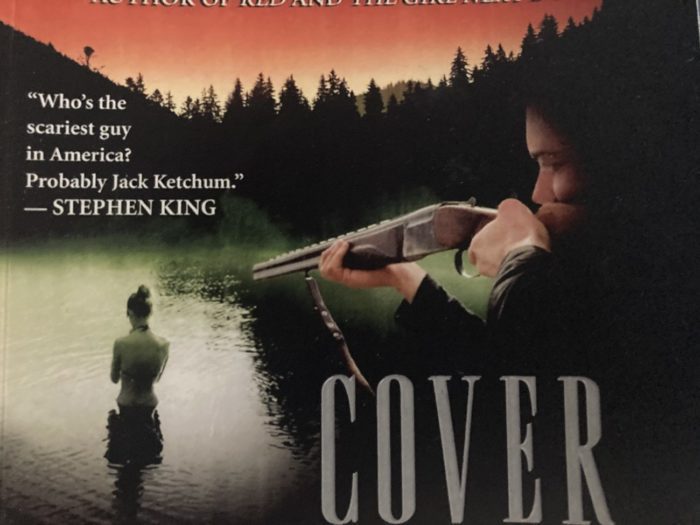
Think First Blood but written by a guy who is inserting some wish-fulfillment into a tale of survival in the middle of the woods. A writer (see a theme with these weaker entries here?) goes out into the woods with his friends and they stumble across a pot farm being grown by a Vietnam veteran. They take his weed, said veteran decides he’s had enough of being tread on and starts eliminating the party one by one. Also, the protagonist is supposedly an amazing guy, and, because he’s so amazing, he is in a polyamorous relationship with a super hot young woman and a total milf.
Like the first entry, the characters fall completely flat. We are told throughout the book that people love the protagonist but I’ll be damned if I can even remember his name, let alone anyone else’s (I think the antagonist is named Lee). There are some okay scenes of gore, but the overall pacing is too sluggish for this kind of story. The aforementioned polyamorous relationship is laughable because character development is so weak. The most baffling thing about this is that Ketchum wanted this to be his Vietnam novel, something so many writers his age did after living through that tumultuous time. But all it is is a schlocky, occasionally gory story about people being killed in the woods.
-
Ladies’ Night
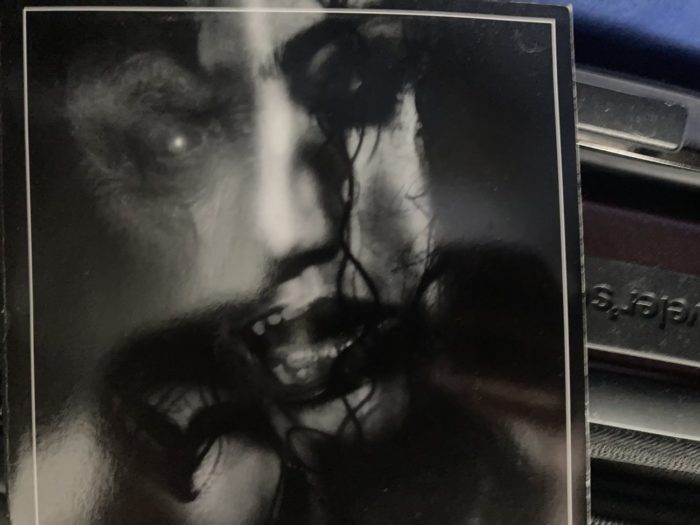
One of several of Ketchum’s “not zombie” novels (which we’ll dive more into later), and a middling one at that. The premise is admittedly interesting. A mysterious truck crashes in New York City, causing a strange gas to leak out into the city. Something about this gas makes all the women in the city turn homicidal.
Another running theme with Ketchum’s lesser works is the failed ambition. The back of the edition that I have says that the battle of the sexes reaches its natural climax in this book, so I went in expecting something a bit more satirical. What it is, though, is merely okay if you’re looking for a quick burst of extreme brutality, with most of the latter half of the book being endless descriptions of the chaos and bloodshed throughout the city (not even babies are safe!). A decidedly middling effort mostly due to its untapped potential, and a frustrating inconsistency that is never explained by the end (a major female character is unaffected by the gas, and it’s never stated or explained why). Splatacular, but not much else.
-
Old Flames
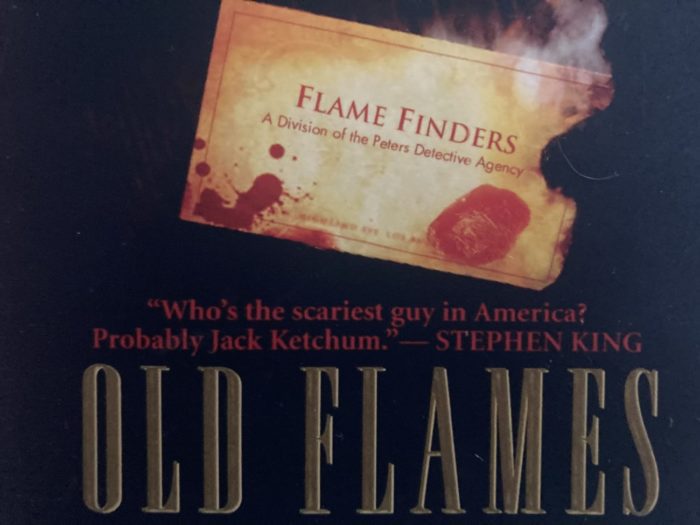
Ketchum’s take on Single White Female sees a woman named Dora reconnect with her high school sweetheart. After seeing the life he leads, she starts worming her way into his and his family’s lives. Things take a super dark turn at the end.
It’s not a bad little novella, but one that feels nihilistic for its own sake. Other Ketchum works use their horrific violence to explore humanity’s dark side, but this one almost feels like something you could conceivable accuse Ketchum of being: exploitative. It’s brisk and keeps the pace up, but the ultimate message is “humanity is terrible isn’t it” and it ends with a shrug following its too-awful-for-words climax.
-
I’m Not Sam
This is one of several team-ups between Ketchum and American filmmaker Lucky McKee. It’s also decidedly their weakest although the premise is great. A man wakes up one morning to find his wife, Sam, has taken on the persona of a 6-year-old girl named Lily. He has to deal with the fact that the woman he has loved and been attracted to all his life is no longer there and makes a super messed up decision in the end.
I’m also lumping together the “short story” that follows this that shift’s to Sam/Lily’s perspective since it acts as an epilogue. There are some interesting scenes where the protagonist treats his grown wife as the child she is, but it probably could have been a short story instead of a novella without losing any of its gut punchiness. Like some of Ketchum’s short stories, the main book has a last sentence development that totally flips the book on its head and is just awful in its implications. The resolution, such as it is, is bound to be controversial, as well, as this does not go in the direction most might expect. For me, I was fine with how it ended. In many ways, it’s a more subdued entry in Ketchum’s overall bibliography. I just wish it was paced better.
-
Weed Species
The story follows Sherry and Owen, a pair of absolute sociopaths who serially rape young women. This is probably, on a purely visceral level, the most disturbing of all of Ketchum’s works. Hell, the opening alone made my skin crawl in a way that no other book ever has (I’m not gonna detail what happened here, but suffice it to say that Sherry has no problem involving family members in her and Owen’s f**ked up fetishes).
The thing is I don’t know who to recommend it to. This is a super short novella, but it packs in just so much human misery and vileness that I’m not sure if anyone should read it. It does have some interesting themes (essentially Sherry and Owen are invasive species who need to be weeded out) and it ends on a strangely optimistic note. Like Ketchum’s most effective work, the actions described are pretty sparse, leaving most of the details up to the reader—in a way that makes everything so much worse. But as a matter of preference, I’m putting this in the middle-bottom tier of his works. Effective? You bet. Well written? Of course. Would I recommend it to anybody? Probably not.
-
Off Season

Ketchum’s debut novel is about as simple as things get. A bunch of sexy 30-somethings in Maine are attacked viciously by a tribe of cannibals that have wandered the Maine countryside for years now. His first ever novel takes place in Dead River, his version of Stephen King’s Castle Rock, and this is not the last we will be seeing of this haunted town on this list.
I called Ladies’ Night one of his many “not zombie” novels. The reason is that book, and many of his Dead River stories, all encapsulate classic zombie story themes—humans are the real monsters, dark reflections of what people are capable of when pushed into a corner, and trying to survive against overwhelming odds. This book is choppy in a lot of spots and ultimately feels like a retelling of Night of the Living Dead, which Ketchum admits in the afterward is one of his favorite movies. It is what it is—a brutal tale of cannibals, and what people do when confronted with the basest of human nature. In other words, a zombie story. Characters are rather stock, though, which holds it back a bit.
-
The Passenger
A well-to-do lawyer is kidnapped by a bunch of rapists and a woman who gets off on witnessing and committing violent acts. Things escalate as a criminal underground is slowly revealed.
This novella is sleazy, vile, and very well written. While it isn’t his best work by any means, Ketchum gives his protagonist an air of realism that makes you root for her and gives his villains a spin that makes them feel real—godawful and depraved, but real. It has a nice story arc for all the characters as well, ending on a dour note that still manages to feel satisfying.
-
Right to Life
Sara Foster is abducted by a couple right in front of an abortion clinic and held hostage for an extended period, where she is subject to sexual humiliation and torture. Unlike some of his lesser work, Ketchum dives into the characters in a way that elevates the exploitative material. Sara is the captive who wants to survive but fears the couple’s whisperings that they are a part of a worldwide criminal syndicate.
Stephen is the frustrated man (a Ketchum archetype we will see many more times throughout his work) who vents his anger on Sara and his wife Katherine. Katherine is the emotionally abused abuser—equally as frustrated at her place in the world as Stephen, but for different reasons and in different ways.
When I read this, it was paired up with Old Flames. Honestly, it’s the better of the two books. It’s super f**ked up and will make your skin crawl with every scene, but it’s effective in its telling of a real-world nightmare. Ketchum dives into the characters’ psychology enough to make you understand them and why they do what they do.
-
The Secret Life of Souls
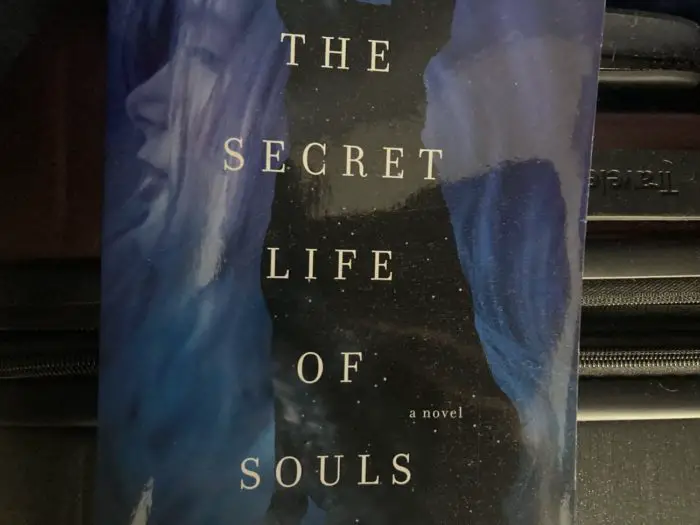
This is the final team-up between Ketchum and Lucky McKee, and also the final novel-length book by Ketchum before his passing in 2017. It’s also a much softer, much more palatable story than anything either author put out before. The two of them are known for horror— Ketchum being a horror writer, and McKee has made several horror films (including the cult hit May). This book is a relatively straightforward family drama about suburban decay and what the pursuit of fame does to a family.
There’s a very mild supernatural aspect as well. Delia, the daughter that the Cross family has turned into an up-and-coming child star, has an almost spiritual connection with Caity, the family dog. Following a great tragedy, the parents sink further and further into exploitation as they use Delia’s disfigurement to try and make even more money. It’s honestly pretty satirical in many respects—there’s loads of interesting commentary on stardom and the fake gloss that movies and TV put over reality. While there are some shocking moments throughout the book and a particularly bloody confrontation, this was an interesting experiment from two men known for creating stories about human ugliness. Said ugliness is much less pronounced and gruesome, but sad and disturbing all the same. I will say that the dog aspect feels unintentionally cheesy in many ways. I almost would have preferred if the dog had been ejected altogether. Still, it’s an effective if somewhat manipulative family drama about what fame-seeking does to a family.
-
Red
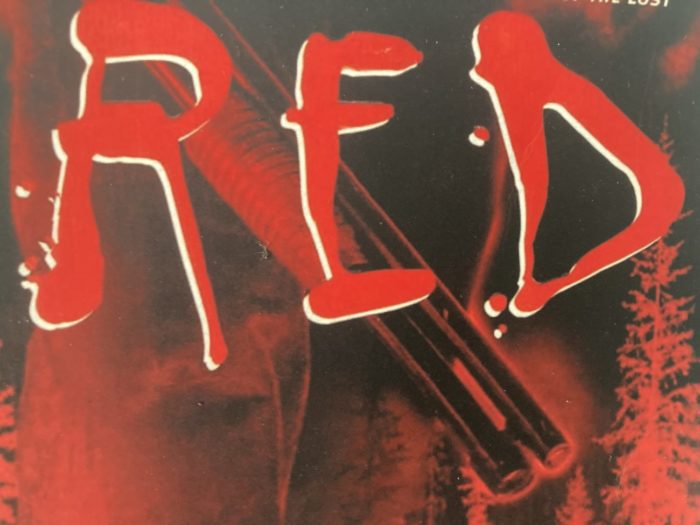
The first book of Ketchum’s to study dog’s place in this world opens with the protagonist’s dog getting its head blown off. There’s no rhyme or reason to the attack—the perpetrators are just sadistic for its own sake. From there, the main character tries to make sense of why someone would do such a terrible thing and attempts to seek justice.
Despite the depressing opening, this is arguably Ketchum’s most mature novel. Gone is the aberrant sexuality and horrific violence, replaced with a meditation on aging and why the world is so cruel. In many ways, it feels like a minor entry in his overall bibliography, but one would be remiss to overlook its effective themes and storytelling.
-
Offspring
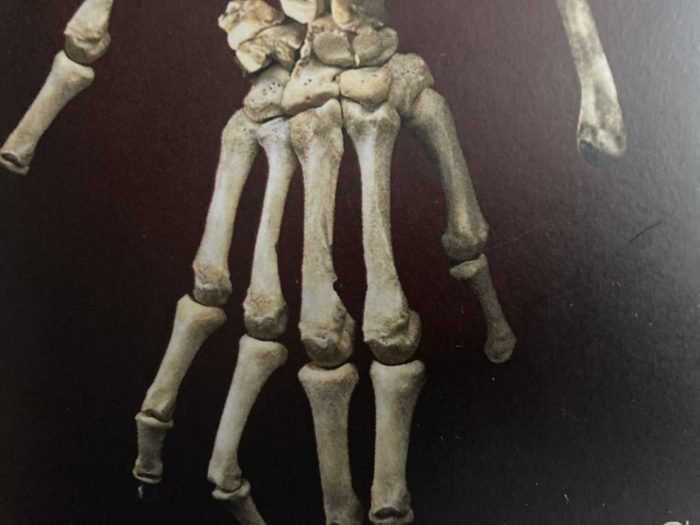
The second official Dead River book follows the same cannibal clan as in Off Season, but this time with stronger emotional connections between characters. It does suffer somewhat from sequel syndrome—this is essentially the same story as the first.
It’s also an entertaining, splat-filled piece of grue that manages to stick with you. And yes, it does hold the typical themes of his “not zombie” stories. It’s a good piece of extreme horror, simple as that.
-
The Crossings
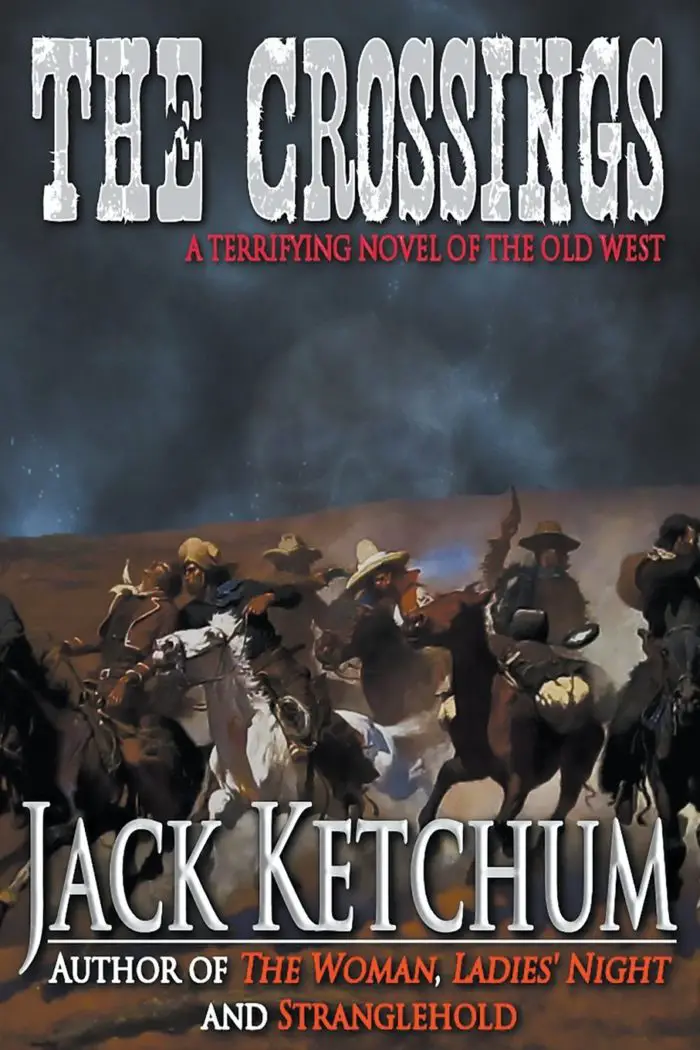
At once a revisionist western and desert set tale of the horrors of human trafficking, this is a depraved, but an extremely effective thriller. The story encompasses several classic western themes—how violence affects people, what it means to be a hero, and redemption.
The historical backdrop elevates this beyond mere exploitation as well. Set in 1848, the Mexican war has just ended. Hart is a legendary gunslinger haunted by things he saw and did during the conflict. Bell is a war reporter, famous for his accounts of the atrocities committed during the war. Mother Knuckler is a veteran but easy-going and likable. They stumble across Elena during their travels and she weaves a horrific tale of Mexican sex traffickers who have rounded up women for heinous purposes. Filled with shootouts, but grounded in awful reality, this is a short but powerful tale of the wild west. It contains perhaps Ketchum’s most optimistic theme despite all the bloodshed—we are all humans, we all bleed, and we should treat each other better. It’s nasty but great.
-
The Woman

This is the final team-up between Ketchum and McKee we will be covering on this list—and man is it a doozy. The final Dead River book ends right where the previous one left off. The cannibal clan is gone, and the eponymous Woman is wounded, hurt, about to die. She is cleaning herself in a river when Christopher Cleek, a local businessman, finds her and captures her. He brings her home and locks her in the family’s basement with the intent of taming and civilizing her. The problem is that Chris is a complete sociopath, and his son isn’t much better. His wife has long stopped caring about what goes on in the house and feels powerless to stop the depravity that ensues.
Make no mistake—this is an aberrant, vile piece of work that would appall all but the most strong stomached. The lengths that this book goes border on cartoonish. There are several reveals by the end that are almost too twisted to believe, but somehow it manages to feel grounded thanks to the simple, punchy prose. You could make the argument that it is simply a hodgepodge of things that Ketchum put out before, what with the cannibals and a female being locked in a basement. But it is a wild, f**ked up ride, one that will be seared into your brain in a way that few other books will be. It’s also the most unique of his “not zombie” books and sends its themes through in more creative ways than the prior two offerings.
-
Joyride
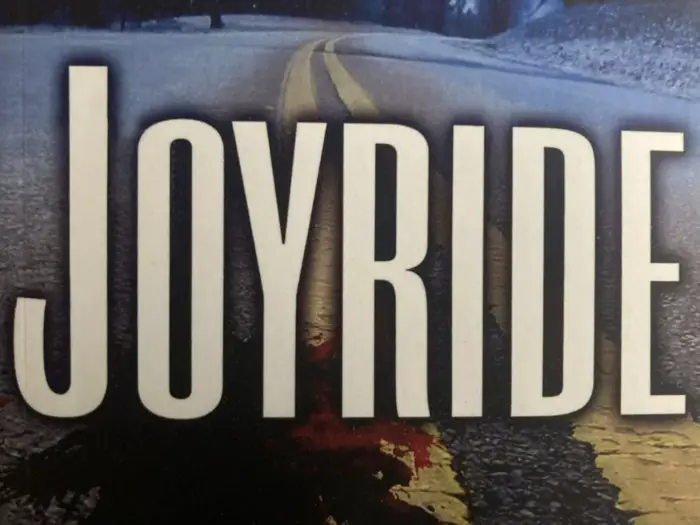
I seem to be in the minority with my enjoyment of this book, but I stand by it. Carole and Lee are lovers, with Lee being “the other man” in Carole’s abusive marriage. One day, Carole decides enough is enough and plots with Lee to kill her husband most brutally and painfully. They succeed but are witnessed by a man named Wayne. Wayne is a violent psychopath waiting to burst out from his shell. He has a gun. When he kidnaps Carole and Lee, he goes on a killing spree unlike any other.
Obviously channeling movies like The Hitcher, this is an extremely disturbing but effective thriller that explores violence and how it affects people. It also has a whopper of a finale, diving into pure awful sexuality and violence, all while somehow avoiding feeling like a straight exploitation story. One of many of Ketchum’s books based heavily on real-world crimes, and one of the most effective.
-
Stranglehold
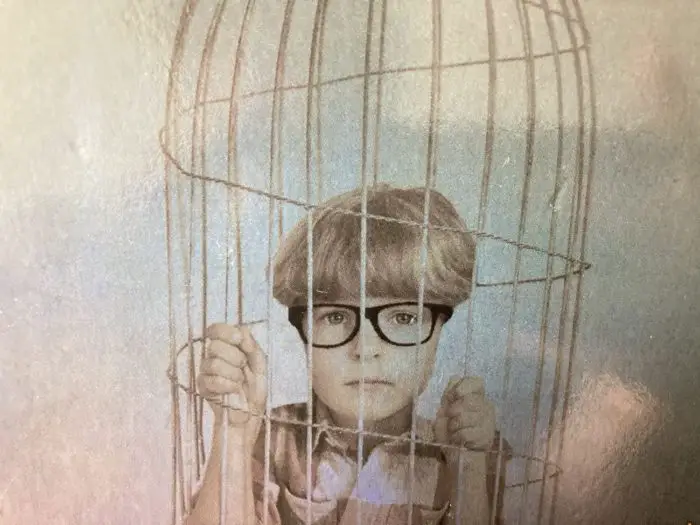
The story follows Lydia from when she meets her husband Arthur, up to their divorce and subsequent custody battle for their son. Because, as it turns out, Arthur is great at being charming as all hell and pretending to be normal. But it turns out that he’s not. He’s a sexually deviant abuser and narcissist whose belief that everything in his life is his knows no bounds. He involves his and Lydia’s son in his abuse in a truly vile way.
At once a truly gripping courtroom drama, character study, and study of the cyclical nature of abuse, this is a harrowing, difficult to read story that outlines flaws with our justice systemm. The book manages to avoid feeling like straight-up misery porn thanks to its tendency to merely say what awful thing happened and leaving the details up to the reader (something that Ketchum does very well even in some of his lesser works). It also has an ending that is at once dour, satisfying, and thematically gut-punching all at once. It deals with awful subject matter with an unflinching gaze, and unlike some of his other ambitious works, it sticks the landing and stands out as a harrowing and brutal cautionary tale of abuse.
-
The Lost
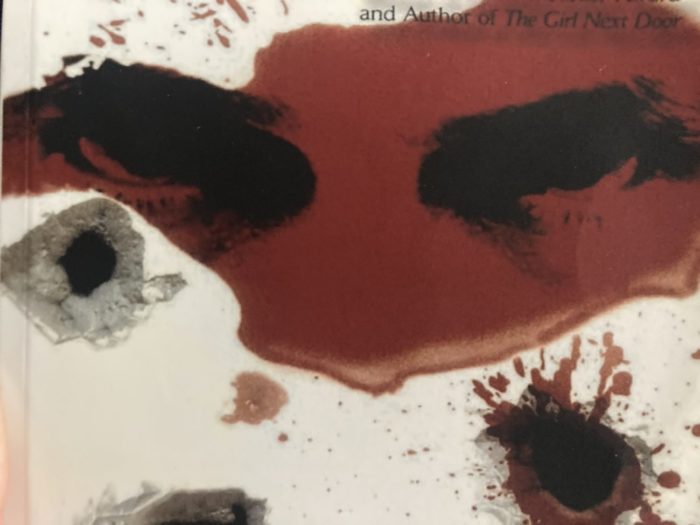
Cover was Ketchum’s first attempt at writing his great Vietnam novel. Where that book failed, this one succeeds. Perfectly capturing the tumultuous times of the 60s, this is at once a very effective period piece and disturbing thriller. The opening should give it away: Ray Pye (Ketchum’s second-best villain, which is saying something), Tim, and Jennifer are out in the woods. Ray has a rifle. He stumbles across two beautiful young campers and after he tries to woo them with his good looks and they turn him down, he shoots them both dead. Tim and Jennifer watch, powerless to do anything.
What unfolds is a very human but dark tale of a male ego gone unchecked. Ray is a despicable character—he is full of himself, believes he is God’s gift to the female gender and is capable of atrocious acts. He is also fascinating to read about, and the rest of the cast aren’t slouches either. Ketchum populates this book with grounded, believable people, and builds towards a shocking and horrific climax the likes of which I’ve rarely seen before or since. He expertly shows his understanding of the male ego, and how it can be a dangerous, dark thing. This story sticks with you in so many ways, too many to count here, but it’s a must-read for all lovers of dark and disturbing fiction.
-
Hide and Seek
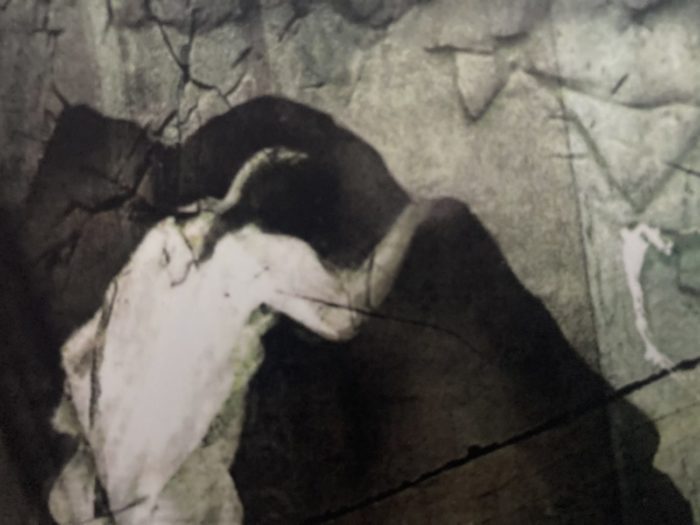
Technically the second Dead River book, but it has nothing to do with the events of any of the others. Whereas those were essentially zombie stories, this is something else entirely—a coming-of-age horror tale about lost youths trying to find their place in the world while also trying to hold onto the last remaining vestiges of their childhood. It follows a dude named Dan as he befriends a group of out-of-town college students during the summer. He bonds with them as they waste their days away skinny dipping and drinking. In particular, he becomes infatuated with Casey, an enigmatic and beautiful young woman. One night, they decide to play a game of Hide and Seek in the local haunted house. They soon learn what a gigantic mistake that is.
I love coming-of-age horror stories. It might honestly be my favorite subgenre of horror. There’s something inherently compelling about youth disappearing as the result of real-world trauma and tragedy. I tend to enjoy these kinds of stories even when they aren’t very good—and this book is very good—actually great. Its first half effectively builds its characters so you get to know them and enjoy being with them. By its third act, it becomes a claustrophobic and anxiety-inducing tale of brutal terror where no one is guaranteed to come out on the other side unscathed. By the end, the pall of real-world tragedy looms large, with a truly sad and memorable ending. It’s an unforgettable short novel and one of Ketchum’s most underrated and powerful books.
As a short aside, the edition that I have contains a nonfiction essay detailing a relationship that Ketchum had with a young woman who got hooked on drugs. It’s short, but powerful and bittersweet and might just be one of the most moving essays I’ve ever read.
-
The Girl Next Door

This is an infamous book, and for good reason. It’s a masterpiece of horror, diving deep into humanity’s darkest corners. Based heavily on the real-life torture and murder of Sylvia Likens, this book is more than just historical fiction about one of America’s most unbelievable heinous crimes. It’s a meditation on growing up and being forced to make adult decisions, about the way society affects those who get pushed too far and the ramifications of gender politics.
Meg and her sister go to live with her aunt after her parents die in a car crash. The aunt, Ruth, sees something in Meg she loathes, a reflection of her youth and who she might have grown up to be had circumstances been different. At first, Ruth allows her boys and the neighborhood kids to push Meg around. Then she locks Meg up in the basement and tells the kids to do increasingly more awful things to her. This is a novel of escalating horror that never once shies away from the harsh reality of this real-life crime, save one scene that is too terrible even for Ketchum to type (and you’ll be glad he skipped over it when you get to it, too, because reading details of the actual case is one of the most horrific and depressing experiences you can subject yourself to).
Despite the truly terrible subject matter, this manages to feel like more than just exploitation because the acts committed against Meg are not written in great detail. At the risk of repeating myself, that makes them all the worse. Everything that Ketchum does well is on full display here—the dark side of everyday people, the f**ked up mixture of sexuality and violence, and a full understanding of why someone might commit such unspeakable acts. At the end of the day, too, this is a cautionary tale warning against nostalgia—it takes place in the 50s, a time many would like to believe was more wholesome than the modern-day. But it effectively reflects how the zeitgeist and social climate of the time might lead to the events that transpire within the book.
It’s a very difficult book to read. It’s reprehensible and unflinching. It’s an absolute masterwork from an author who wasn’t afraid to get dirty when it came to showing people at their worst.



You’ve convinced me. I won’t be reading anything by Jack Ketchum. I’ve seen “The Girl Next Door”, read about the Likens case, and was considering reading one of Ketchum’s novels, but after your adept and honest analysis, I’ve realized that my life doesn’t need any further contact with depravity. You’ve performed a useful service. Now I’m going to pretend we’ve never met. Same for Tarantino and Stephen King (did he ever learn how to write?). Somehow, I’m okay with the Davids (Lynch and Cronenberg) and the Coens. Call me naïve, sentimental, even timid. I’ll live.